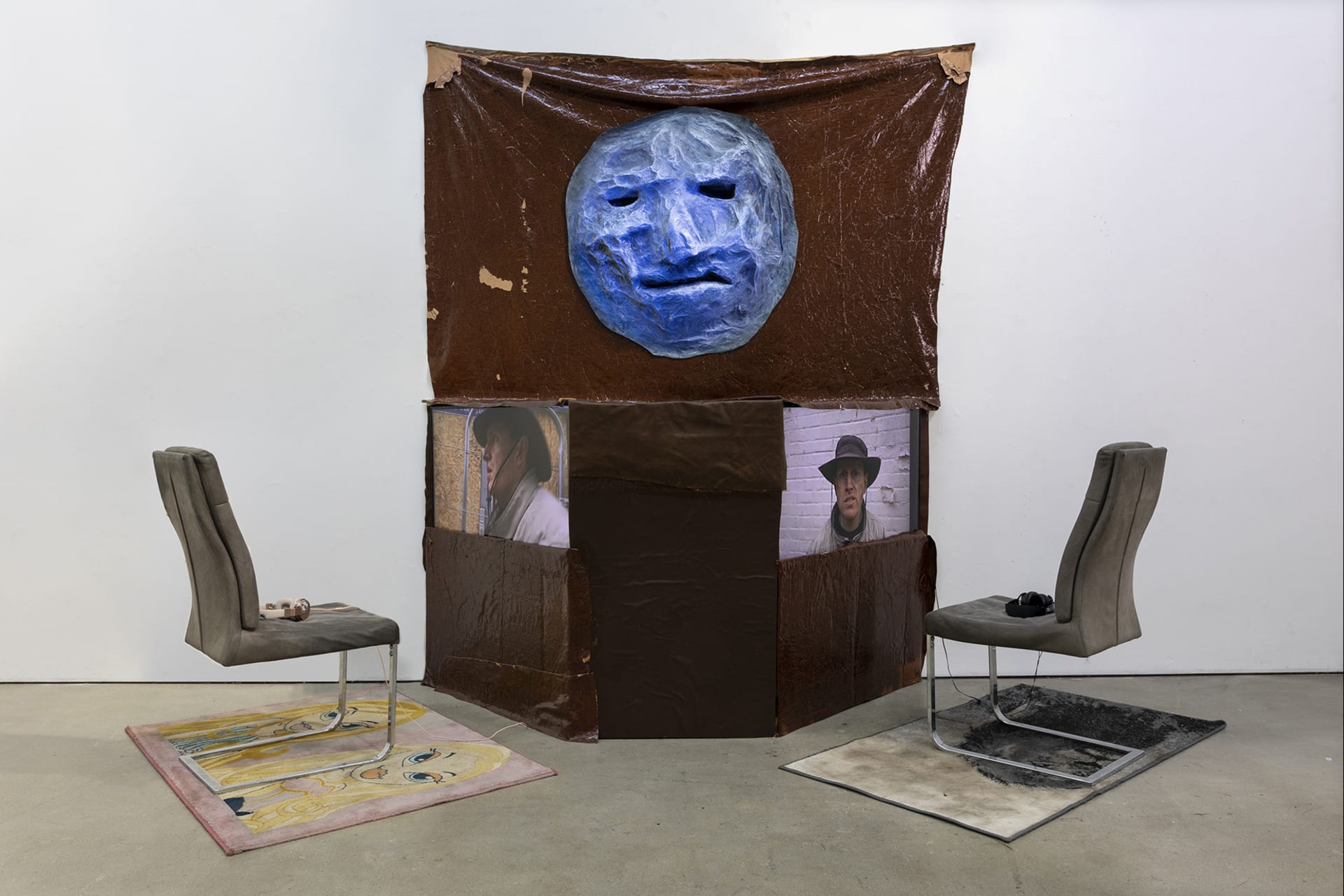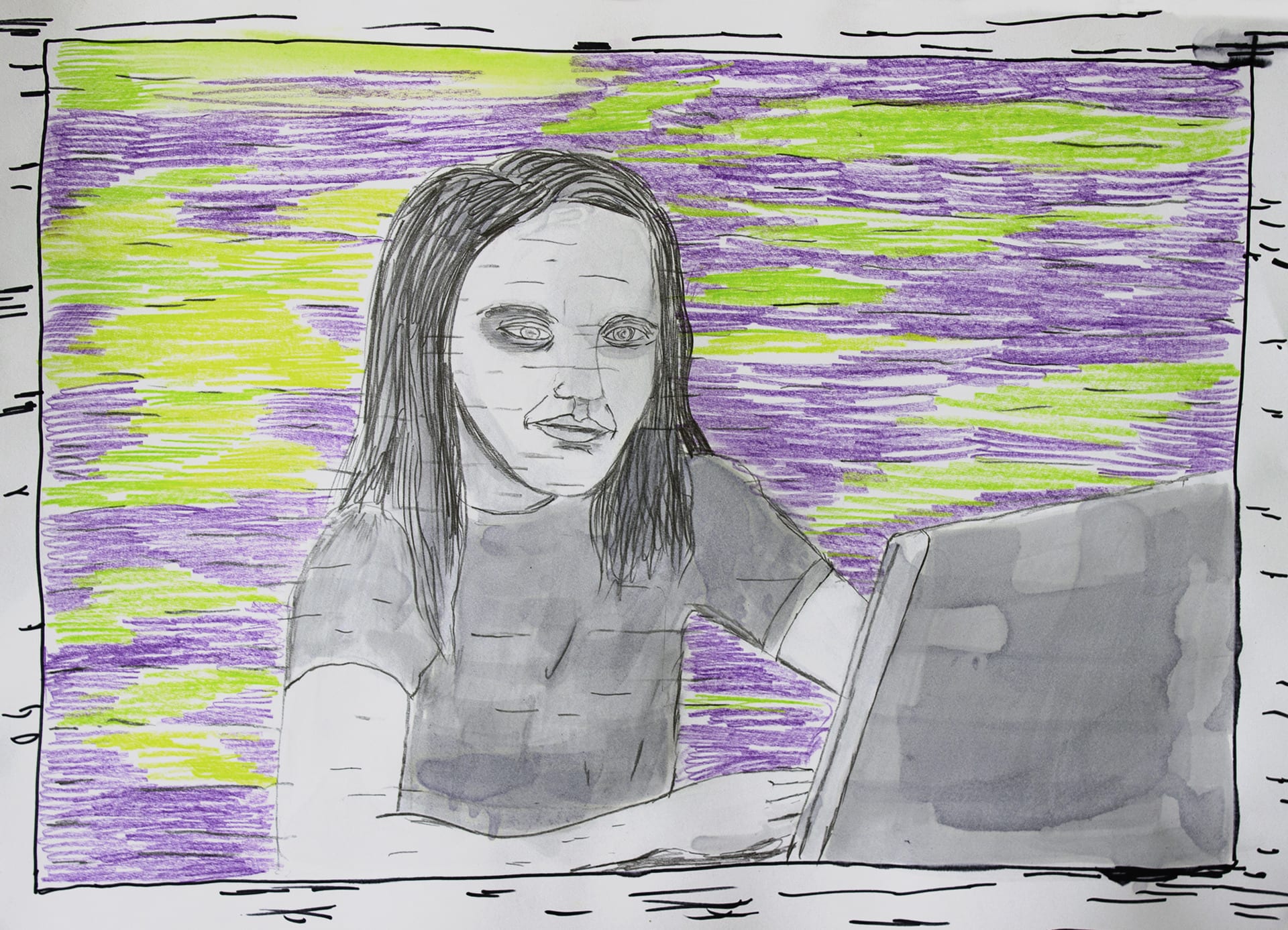Nicholas McArthur is a visual artist based in London, and Sofia, Bulgaria.
Originally from a 2D painting background, McArthur has worked extensively with video and installation whilst at the RCA. Having professional experience as an educator and costume and makeup designer also continues to inform his work.
Since graduating from Central St Martins (UAL ) with a First Class Hons degree, McArthur’s work has been shown at galleries and festivals in the UK and abroad.
McArthur has received acclaim in reviews in Art Monthly, The Guardian, Radio Cardiff, and Nottingham Visual Art and was celebrated in an essay by Jamie Sutcliffe for Open File at the Outpost Gallery.
Nicholas McArthur received funding for his MA from the Oppenheim John Downes Memorial Trust.


















